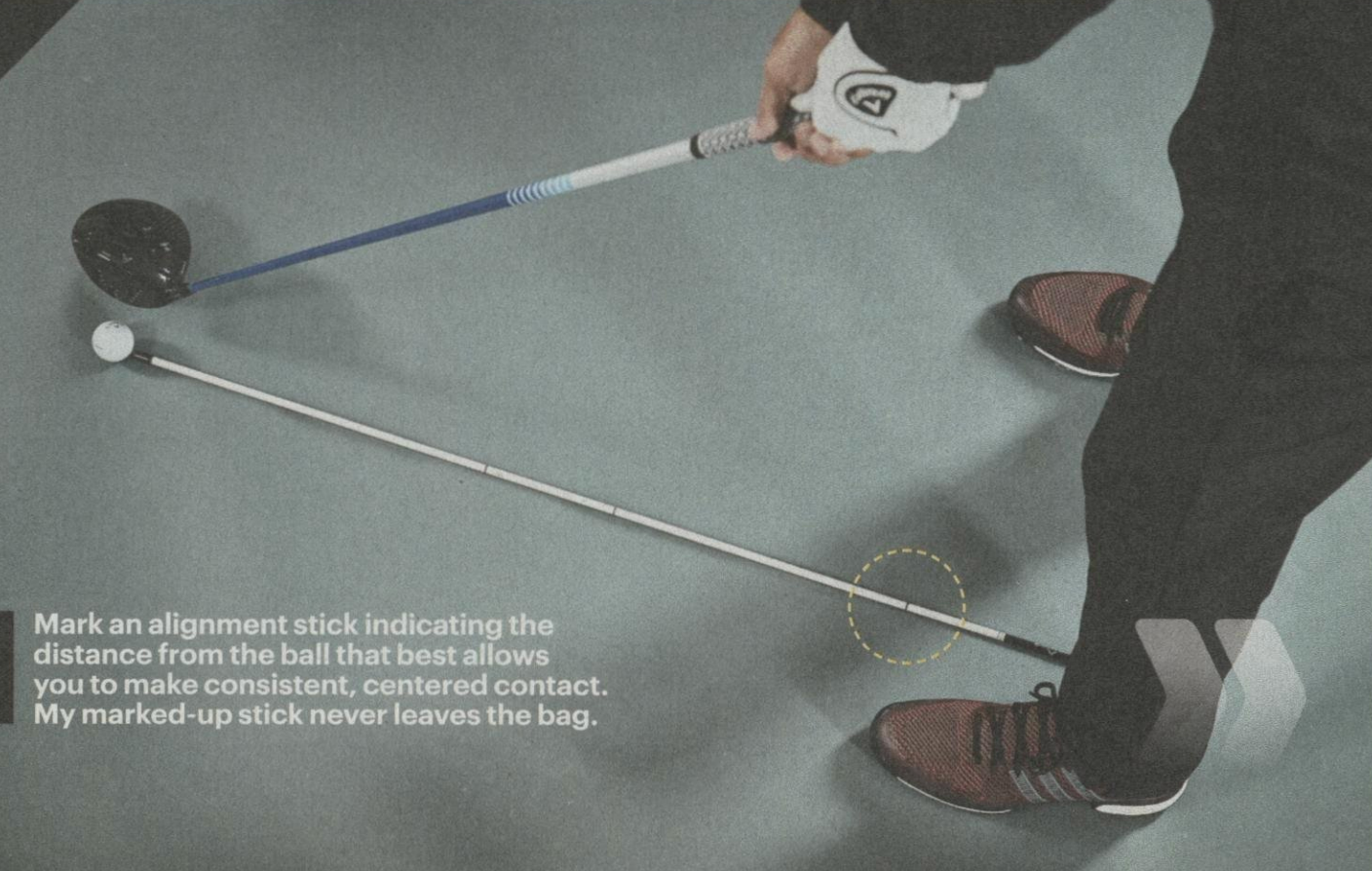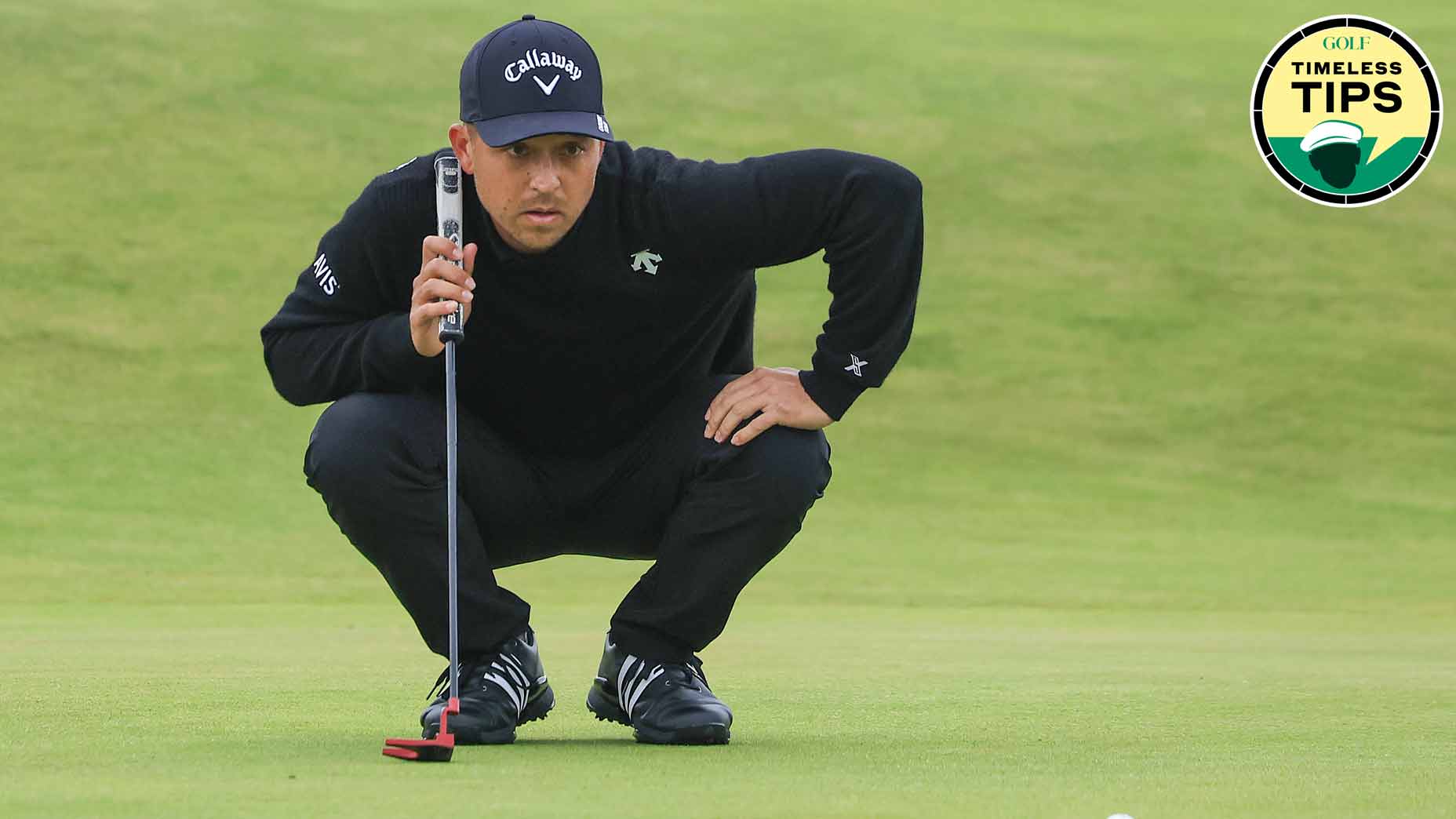Golf instruction is ever-evolving, but the best advice stands the test of time. In GOLF.com’s new series, Timeless Tips, we’re highlighting some of the greatest advice teachers and players have dispensed in the pages of GOLF Magazine. Today, in honor of Xander Schauffele’s Open Championship victory, we look back at our October 2018 issue for five tips from the two-time major winner on all-around consistency. For unlimited access to the full GOLF Magazine digital archive, join InsideGOLF today; you’ll enjoy $140 of value for only $39.99/year.
Xander Schauffele seemingly has no flaws in his game.
He ranks inside the top five in three strokes-gained categories, and 11th in another. The “weakest” part of his game, statistically speaking, is around the greens, where he ranks 34th on the PGA Tour. Suffice to say, Schauffele’s game has few — if any — weaknesses.
That dominant all-around game has been on full display in 2024. Back in May, the 30-year-old finally broke through for his first major title as he won the PGA Championship at Valhalla. Two months later, he duplicated the feat, winning the Open Championship. After going winless in his first 27 major starts, he now has two wins in his last three.
How does Schauffele manage to be dominant in all facets of his game? Back in 2018, the then Tour sophomore joined GOLF Magazine and shared his secrets. Check ’em out below.
Xander’s 5 swing tips
I’ve had a fortunate start ti my pro career. A Tour championship title, a ROY award and three top-10 finishes in my first seven majors. And this being a Ryder Cup year, I at least played myself into consideration for a captain’s pick.
Like Most Tour pros, I attribute much of my success to great coaching (thanks, Dad!) and a ton of hard work. But I know the former isn’t always available to weekend players, and that’s where I can help.
Below, I’ll show you the keys I use to gain consistency across the board, from splitting fairways to controlling irons and scoring on and around the greens.
These keys — my X-Factors — are simple enough for any player to incorporate into their game. You can even nail some of them in your next practice session or round. Trust me and you’ll see real improvement — and have a wide smile across your face.
1. Driving: Check your stance
Some people think the driver is where golf gets hard, but if your fundamentals are correct, it’s actually where everything gets easy, It starts with stance, At the driving range |’ll place an alignment stick between my legs. On that Stick are marks drawn to indicate my preferred distance between the ball and the tips of my toes. If I keep this distance consistent, my contact with the ball shouldn’t change, boosting my chances of hitting the sweet spot. With time, practicing with the stick nurtures muscle memory that I can bring to the course.

X-Factor: Find out what distance from the ball works for you (everyone is different) and mark your alignment stick the same way. (Add marks for your 5-iron and pitching wedge, too.) Keep it in your bag so you can perform this check anytime, anywhere, With it, there’s no more guessing — and no more mis-hits.
2. Iron play: Swing “L to L”
I’ve played in enough pro-ams to know that the main reason weekend players miss greens is that they over swing. The longer the swing, the more room for trouble! | keep an eye on this, too. My reference point: the L shape created between my left arm and the club shaft in both my backswing and through swing. If 1 can control both Ls, | know my swing is in good shape.
X-Factor: Swing “L to L.” By this I mean stop your backswing when the first L takes shape, about when your left arm reaches parallel with the ground. That’s an appropriate swing length for a recreational golfer. Yes, | go a bit further — maybe just one click past left arm parallel — but that’s because I’ma very consistent Tour pro. The moment your L starts toppling over your back is when your swing is too long. Same goes for the target side of your swing. Here, though, it’s only natural to swing past left arm parallel. The important thing is that you actually create the L by fully releasing your hands through impact.
3. Chipping: Rotate your chest
The short game may be the most inconsistent part of a recreational player’s game. I can empathize: Every short-game situation is different, and inconsistent lies off the green make for inconsistent swing thoughts, which make for a wrist-dominant swing. To make matters worse, the more wristy your swing, the less reliable your contact point. Whether I’m practicing or playing, I try to take my wrists completely out of most short-game shots.

X-Factor: Forget your wrists and instead focus on your chest, rotating it back and through so that by the time your reach your finish, your chest is pointing pretty much down the target line (as it is in the photo above, far right). Your wrists and hands? They simply come along for the ride powered by your upper body. Rotating your chest at the same pace as the clubhead makes your chipping and pitching motions ultra-smooth through contact, regardless of your lie—in the bunker, rough or on the fringe. You’ll know you’ve done it right if, at the finish, the clubhead is in front of your chest with your left arm and clubshaft forming a straight line. That’s evidence you’ve eliminated any flip or wristiness in your swing. Goodbye duffs, flubs and thinned wedges.
4. Putting: Eyes over impact
I’ve come up with a little saying: “You putt what you see.” Golf is all about hand-eye coordination. If your eyes offer the correct path, your hands will follow. It’s as simple as that.
X-Factor: Set up with your eyes over the ball. Yes, you can and should read your putt from behind the ball, but your final read — your feel read — should come directly above the target line, just before you pull the trigger. It’s what your eyes take from this position that tells your hands how to move the club. If your eyes aren’t over the ball, your view of this line will be skewed when you turn your head for your feel read. Have you ever missed a putt after making a perfect stroke? This is the problem.
5. Scoring: Get an edge
It’s all too easy to chase things in this game. Sometimes all I want to do is fire at flags, but that isn’t what got me to the PGA Tour. Staying cool, calm and collected — strictly playing my game — is the smart player’s route to going low.

X-Factor: Whenever you face a critical shot, pause for a second and take a deep breath (you can even close your eyes). Internally, tell yourself you’ve done this countless tomes, so there’s no reason you can’t do it again. That picture above? That’s how I do it. One eye open, one eye shut, staring down the clubbed toward my target. In my head, I’m building confidence. Anytime you see me doing this, you know I’m dialed in.










